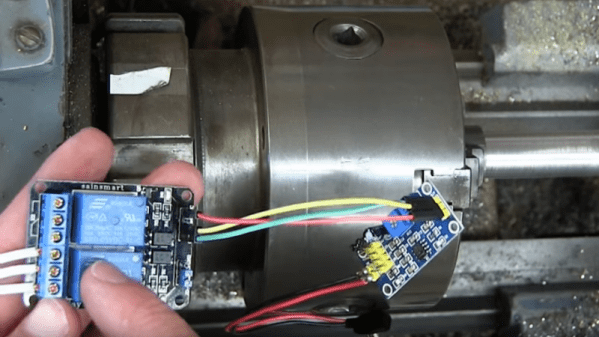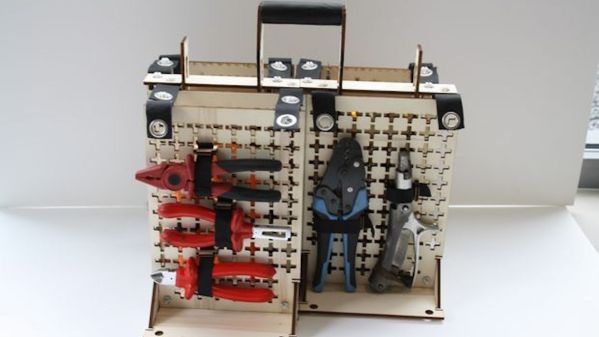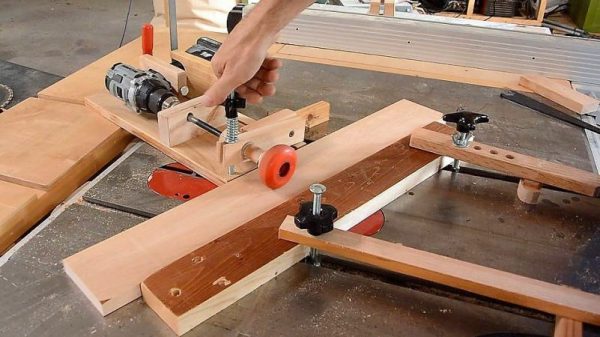The TS100 soldering iron is a sleek handheld device with a tiny display. Now the same people behind it have introduced a motion-controlled screwdriver, the ES120. While we are fans of large electric screwdrivers for working on large projects, we aren’t sure we need a $90 screwdriver for little fasteners. However, if you watch the video review from [Marco], you’ll see it has an interesting user interface that might be useful in other projects. [Marco] is also a bit of a cut up, so you’ll get to see how well the little tool can froth milk, provide transportation, or change a flat. [Marco] also does a tear down if you want to see what’s inside the beast.
What caught our attention was the user interface. We’ve had precision power screwdrivers before, in particular we’ve used the General Tools 500 which costs about $20 and has a two position switch. One direction causes the bit to rotate clockwise and the other direction rotates the tool counterclockwise. The ES120 by comparison only has a single button.
When you hold the button, you twist the screwdriver as though you were using an ordinary tool. The accelerometer in the ES120 detects this rotation and begins rotating in the same direction. The tool can produce four levels of torque and has an automatic setting, as well.
Even [Marco] admits that the ES120 isn’t going to replace his normal screwdrivers. Perhaps if you were dealing with hundreds of fasteners a day though, it would make sense. Then again, we have lots of tools and toys we really don’t need, so if you just want a new shiny gadget to show off, the ES120 looks well made and appears to function well.
What we’d really like to see is someone hack the ES120 into something cool like a coil winder. Of course, if you are in a hacking mood, you can always build your own cheap power driver. Perhaps, though, the ES120 might make it easier for some people to start their cars.
Continue reading “A Screwdriver For The Lazy” →

















